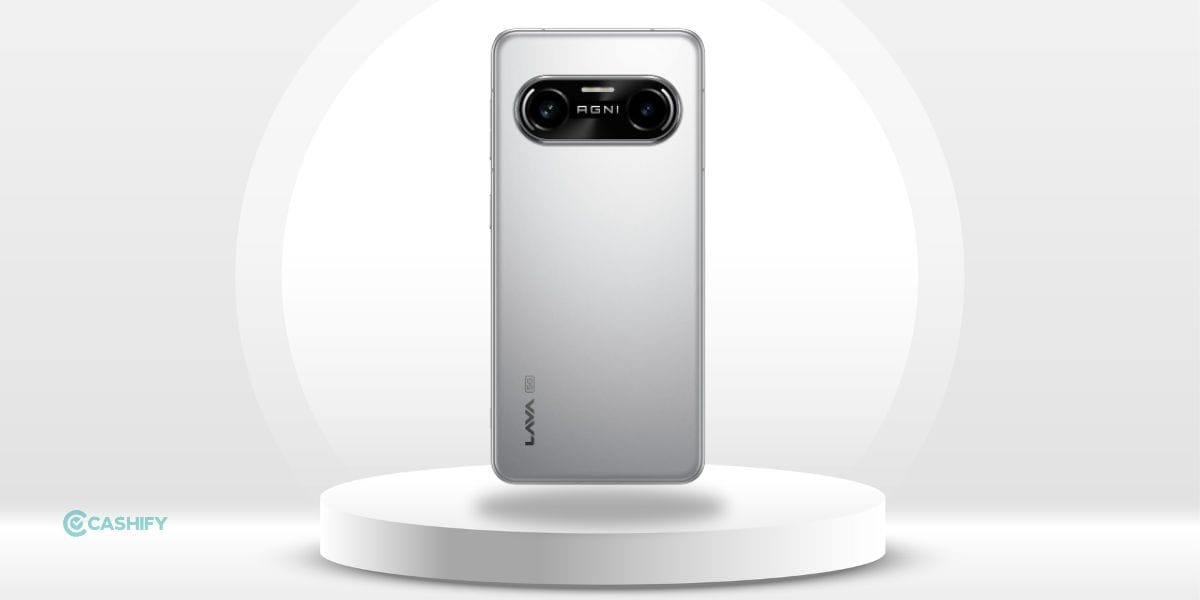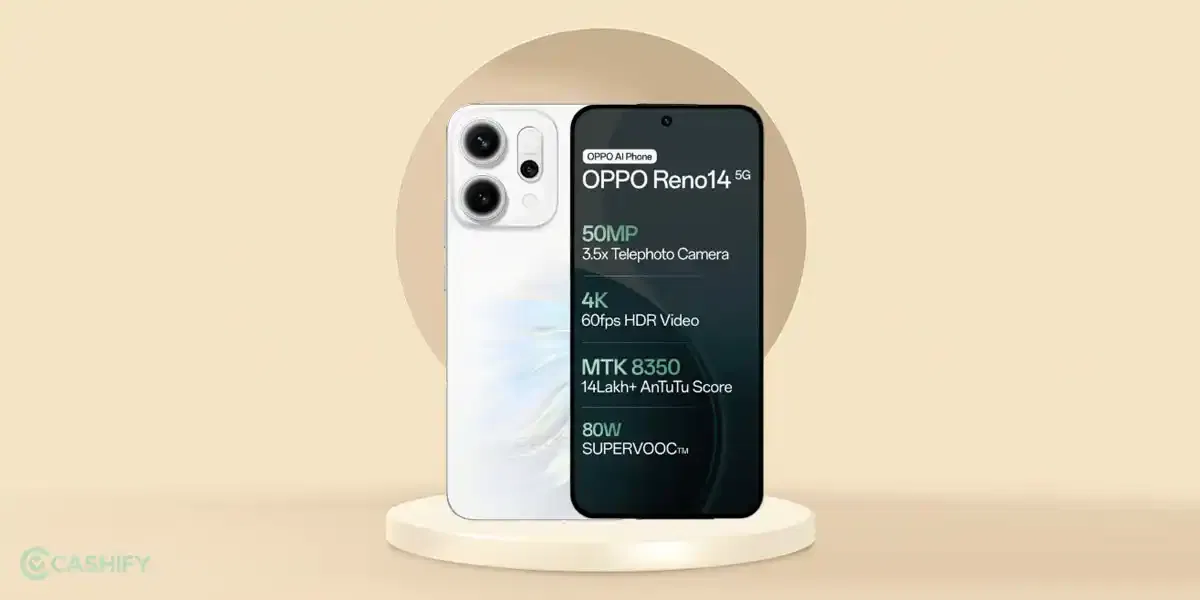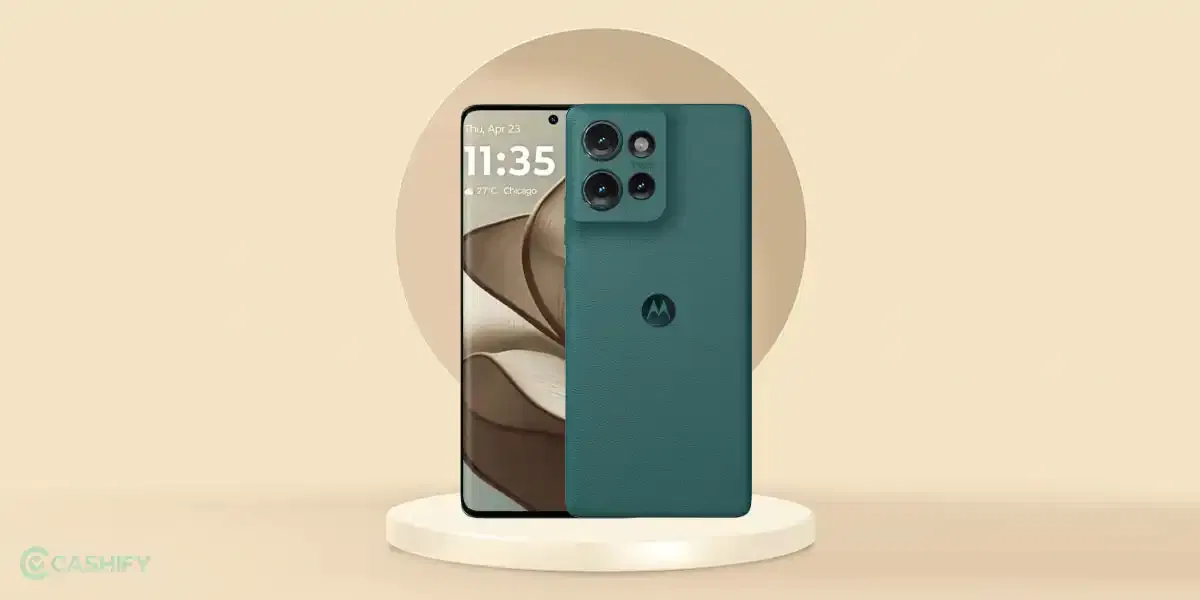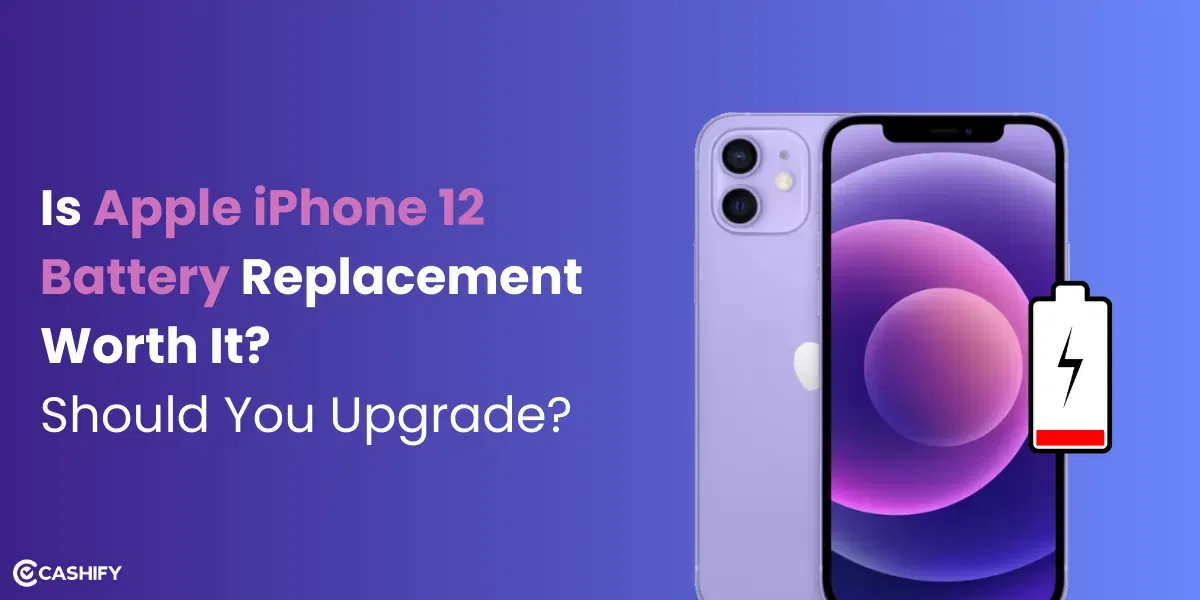
Score
Asus Zenfone Max Pro M1
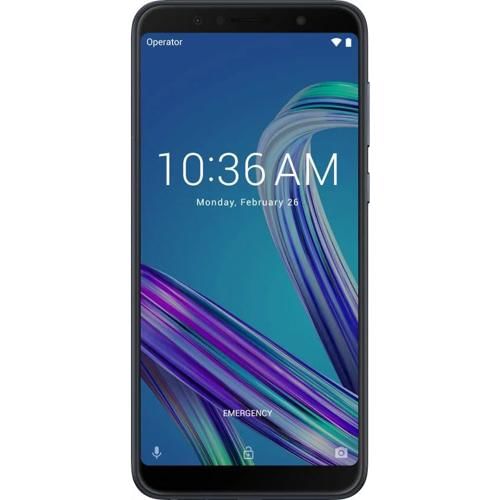
Asus ZenFone Max Pro M1 is a low mid-range phone which comes with the mid-range brilliance attached to it. Priced at Rs. 10,499, the phone comes with brilliant specifications that keeps it on top of many phones in the market.
Combining looks, performance and immersive display, the Asus ZenFone Max Pro M1 keeps itself classy and user-friendly. It comes at a low price and thought there are some aspects of the phone that may not be well-rounded, overall, the Asus ZenFone Max Pro M1 makes a statement of being a top value-for-money budget.
About the Product Overview
Asus ZenFone Max Pro M1 will attract you in a very traditional way. It has a few pros and cons:
Pros
The Asus ZenFone Max Pro M1 scores high on build quality, which makes it look quite good.
The phone has a vibrant screen which is quite colourful and is immersive.
Due to the Snapdragon 636 processor, the phone can keep its performance high and is blazing fast.
The daylight shots of the phone are quite good and retain the natural colours.
Cons
Despite having a large battery of 5000 mAh, the phone fails to match up with its competitors carrying a lower-sized battery.
The charging of the phone takes a lot of time.
The phone fails to deliver in great night-time shots.
If you are seeking for a value-for-money phone, then The Asus ZenFone Max Pro M1 can be a great find. While its battery does not fight to stay at the top spot in the price range that it arrives in, the phone remains a decent recommendation.



























